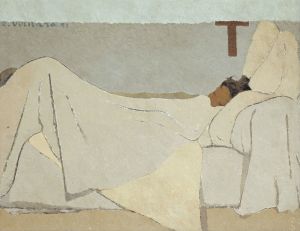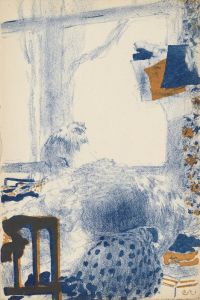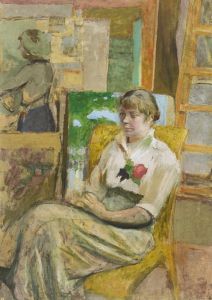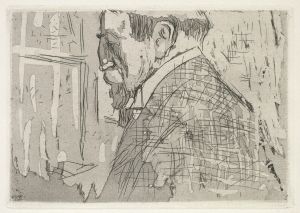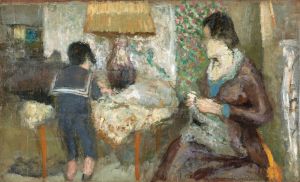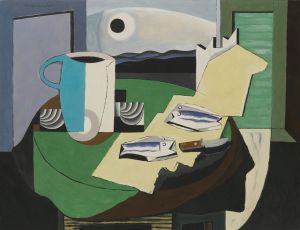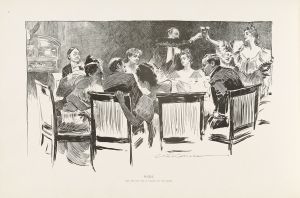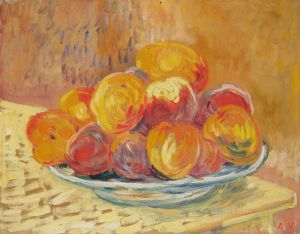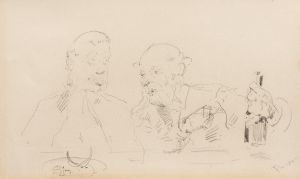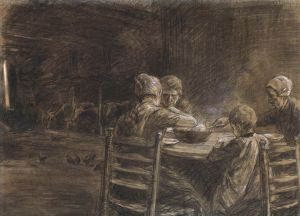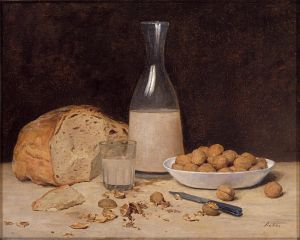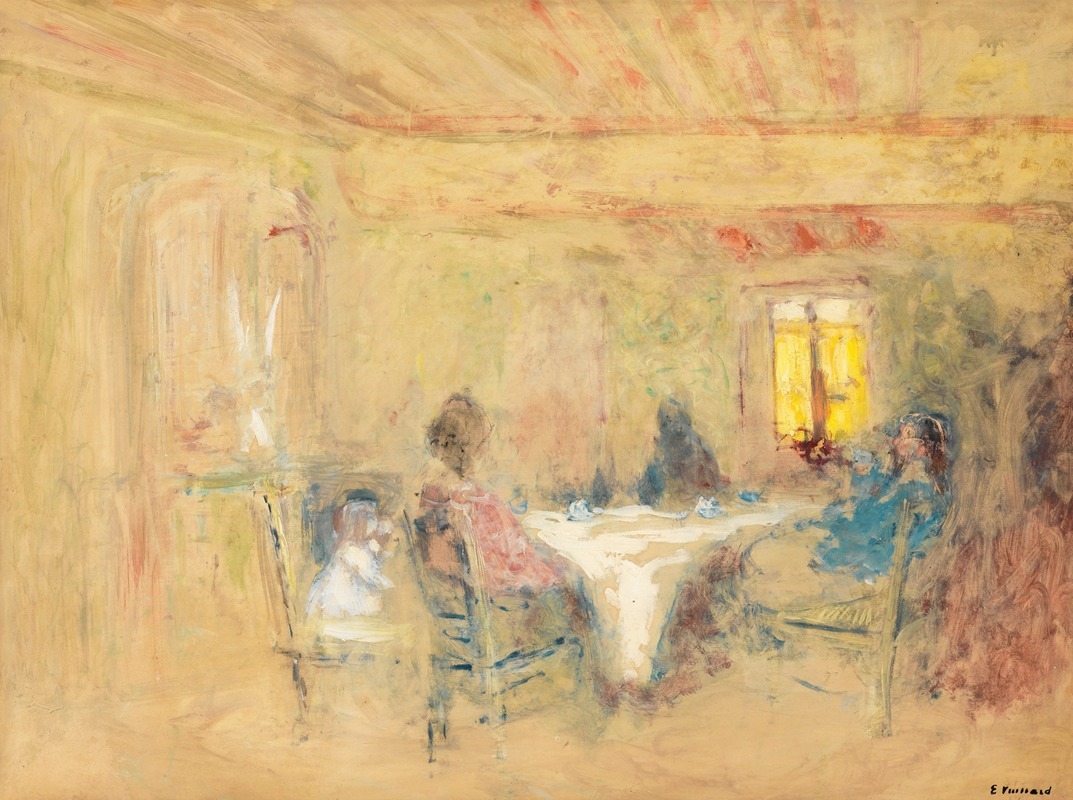
À Table
A hand-painted replica of Édouard Vuillard’s masterpiece À Table, meticulously crafted by professional artists to capture the true essence of the original. Each piece is created with museum-quality canvas and rare mineral pigments, carefully painted by experienced artists with delicate brushstrokes and rich, layered colors to perfectly recreate the texture of the original artwork. Unlike machine-printed reproductions, this hand-painted version brings the painting to life, infused with the artist’s emotions and skill in every stroke. Whether for personal collection or home decoration, it instantly elevates the artistic atmosphere of any space.
Édouard Vuillard, a prominent French painter associated with the Nabi movement, created the painting "À Table" in 1893. Vuillard was known for his intimate domestic interiors and his ability to capture the nuances of everyday life with a unique blend of realism and decorative elements. "À Table" is a quintessential example of Vuillard's style during this period, reflecting his interest in the interplay between figures and their environments.
The painting depicts a domestic scene, a common theme in Vuillard's work, where family members or close acquaintances are gathered around a table. Vuillard's compositions often feature his own family members, and it is likely that the figures in "À Table" are drawn from his personal life, though specific identities are not definitively documented. The setting is typically a dining room or a similar intimate space, characterized by warm, muted colors and a sense of enclosure that draws the viewer into the scene.
Vuillard's technique in "À Table" exemplifies his approach to painting, which involves a soft, almost tapestry-like surface. He often used distemper, a type of paint that combines pigment with a binding medium like glue, which allowed him to achieve a matte finish and subtle gradations of color. This technique contributes to the overall atmosphere of the painting, creating a sense of quietude and introspection.
The composition of "À Table" is carefully constructed, with a focus on the relationships between the figures and their surroundings. Vuillard's use of pattern and texture is notable; he frequently incorporated wallpaper, textiles, and other decorative elements into his paintings, blurring the line between the figures and their environment. This approach reflects the influence of Japanese prints and the decorative arts, which were significant sources of inspiration for Vuillard and his contemporaries in the Nabi group.
Vuillard's work, including "À Table," is often associated with the Symbolist movement, which sought to express ideas and emotions through symbolic and suggestive imagery. In this painting, the intimate setting and the interactions between the figures suggest themes of family, domesticity, and the passage of time. However, Vuillard's work is also characterized by its ambiguity, leaving much open to interpretation by the viewer.
"À Table" is part of the collection at the Musée d'Orsay in Paris, which houses an extensive array of works by Vuillard and other artists of the Nabi movement. The painting is a testament to Vuillard's skill in capturing the subtleties of human interaction and his ability to transform everyday scenes into works of art that resonate with emotional depth and complexity.
Vuillard's legacy as a painter is marked by his innovative approach to composition and his ability to convey the intimate and personal aspects of life. "À Table" remains a significant example of his work, illustrating his mastery of color, form, and the depiction of domestic spaces. Through this painting, Vuillard invites viewers to reflect on the quiet moments of life and the beauty found within them.





